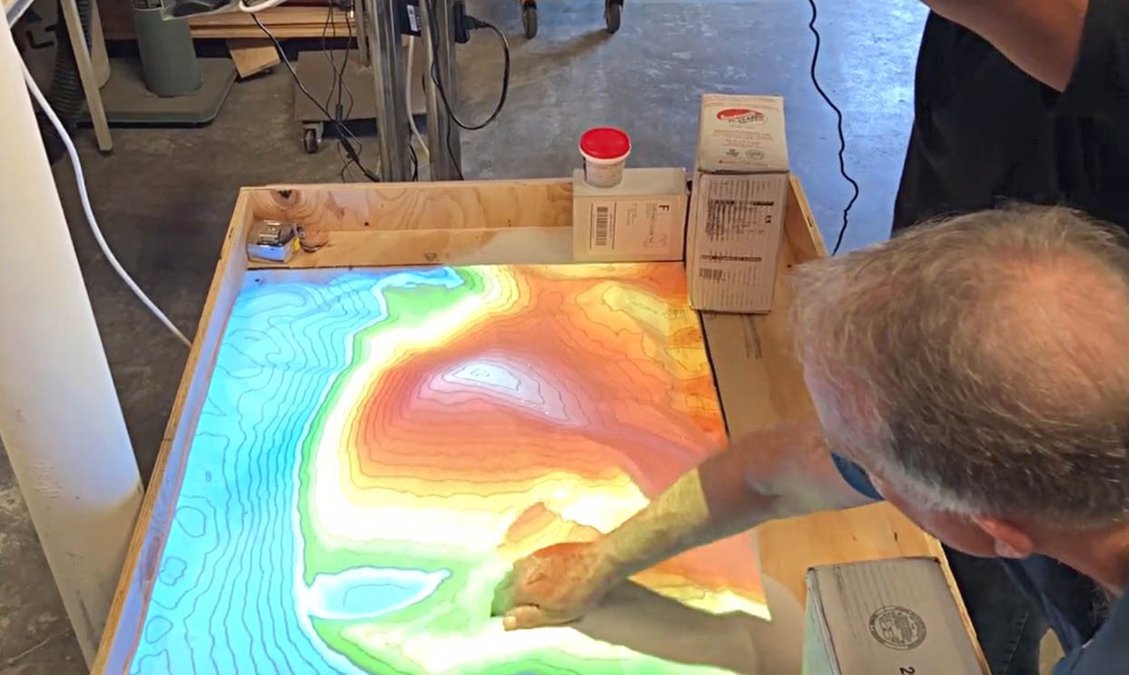The Wetland Explorer – What is H2O4?

This article appeared in the Great Bend Tribune on October 21, 2018 as part of the monthly KWEC column, The Wetland Explorer.
You all know the chemical formula for water is H2O. But do you know what is H2O4? It’s for drinking, bathing, swimming and, at Cheyenne Bottoms, for wildlife conservation, tourism, and hunting.
All jokes aside, water is very important to the largest inland marsh system in the United States. Fun fact, Cheyenne Bottoms loses 60 inches of water annually by evaporation and transpiration through the plant leaves, and it only receives about 24 inches in rainfall in the Bottoms basin to replenish this. The rest is restored through surface runoff from Blood Creek and Deception Creek watersheds northwest of the bottoms, and if available, water can be diverted from the Arkansas River and Walnut Creek.
We all live in a watershed. A watershed is an area of land that drains water toward a downhill point. The point can be a stream segment, river, lake or pond, or the lowest place where rain always collects. Since Cheyenne Bottoms basin is a naturally formed elliptical land-sink, water is shed to this point. That is good news for the migrating shorebirds and waterfowl that travel the Central Flyway.
The geological features of Cheyenne Bottoms are easy to discern. The north, west, and south sides of the basin walls are formed by Cretaceous rocks rising to an elevation of over 100 feet above the basin floor in a distance of about a mile. The northeast side is built with sand dunes also rising 100 feet, and the east and southeast sides of Cheyenne Bottoms are formed by 30-40 foot high alluvial deposits. It is hard to envision the magnitude of the 41,000 acre basin while driving through its center. The best place to get a look at the entirety of the bottoms is to travel to the K-4 Scenic Byway Overlook, which opened in May 2017.
At the Kansas Wetlands Education Center, we strive to educate the public about all things wetlands, including watersheds. We are excited about some upcoming improvements to our exhibit hall. In early November, we will unveil less text-heavy, more hands-on, interactive displays. One that I am especially excited about is the Augmented Reality Sandbox. Visitors will be able to move the sand, forming basin walls, valleys, rivers, and pools. Distance sensors above will detect the terrain, and a projector will color-code the different elevations and topographic contour lines. By waving a hand over the sand, a simulated rain shower will start, showing how the watershed that visitors just made can collect the runoff as it flows downward.
In Barton County, you are either part of the Lower Arkansas or Upper Arkansas River Watersheds. Drop by drop, all water that falls on your land sheds to a lower point, being channeled into the soil, groundwater, creeks and streams, making its way to larger rivers and eventually the sea. So what is H2O4? At the KWEC, it is an important piece of our wetland community, one that needs to be conserved.
Mandy Kern is a program specialist at the Kansas Wetlands Education Center, 592 North East K-156. Contact her at amkern2@fhsu.edu or call the KWEC’s toll-free telephone number, 877-243-9268.